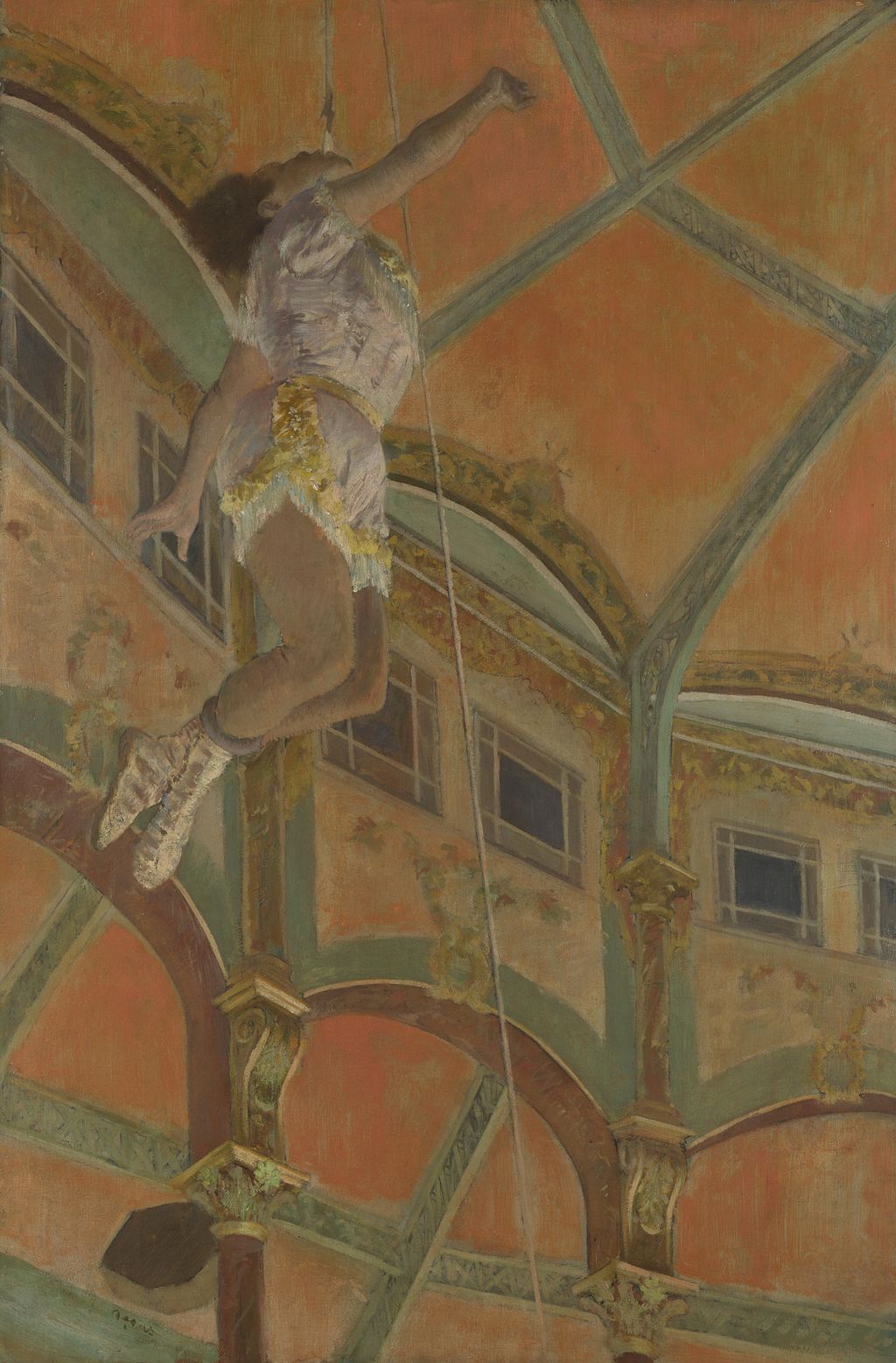The circus was a source of inspiration for many Dutch artists. Including Kees Maks, Leo Gestel, Herbert Fiedler, G.H. Breitner, Gerard Hordijk and our Frits Klein depict the circus. The audience was enchanted by elegant horses, surprised by the daring of acrobats and cheered up by the clowns. The dramatic effect of the spotlights encouraged the artists to use light-dark effects in their work. Kees Maks had the habit of always buying two tickets when he went to Carré: the second seat was intended for his drawing materials. In 1926, Leo Gestel visited the circus in Ghent at the invitation of friends, and this theme has remained with him ever since.





When we think of the circus, we also think of the animals, the break with a drink, sweet candy and popcorn. That inspired us to make watermelon popcorn. To do this, cut a thick slice of watermelon into pieces and melt in a pack with some corn oil and add corn. Season with extra butter and icing sugar.

